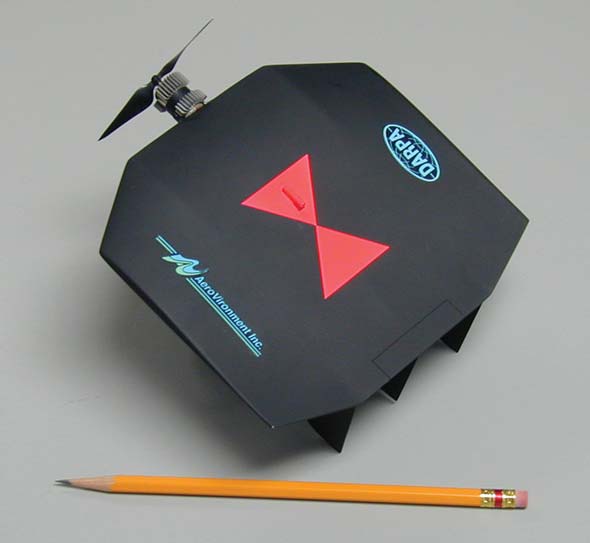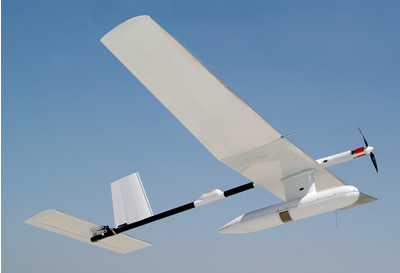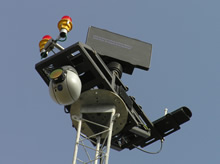ATMOS is a light weight, truck mounted, self propelled 155mm artillery system. The externally mounted gun accommodate various calibers including 39, 45, 52 cal. Barrels. The system is Integrated with fully computerized systems, achieving accurate navigation, positioning, target acquisition and control. To withstand the gun recoil, the Howitzer rests on its hydraulic rear spades, which support it while firing. Spades are lowered and dug into ground as soon as the Howitzer stops in its firing position.
The gun is operated by a crew of six, transported in a protected cabin. Projectiles and propelling charges are also stowed in a protected stowage, to improve safety and survivability.
The hydraulic power pack operates the Howitzer elevation and traverse gears, as well as the ammunition handling system and the spade’s actuators. The hydraulic platform adjusts itself to enable comfortable loading and firing. Laying operations are being controlled by the gunner from a position, in which he can observe the target or aiming point through the sight instrument and at the same time control the system. The gun can also be slaved to the fire control and ballistic computer, for automatic laying and utilization of complex firing programs.
The ATMOS truck mounted artillery system was recently chosen to equip the Romanian Army, where it will be installed on a locally built 6×6 vehicle. Soltam is cooperating with the local Aerostar Company to fulfill this project. These systems will be designated ATROM.




















